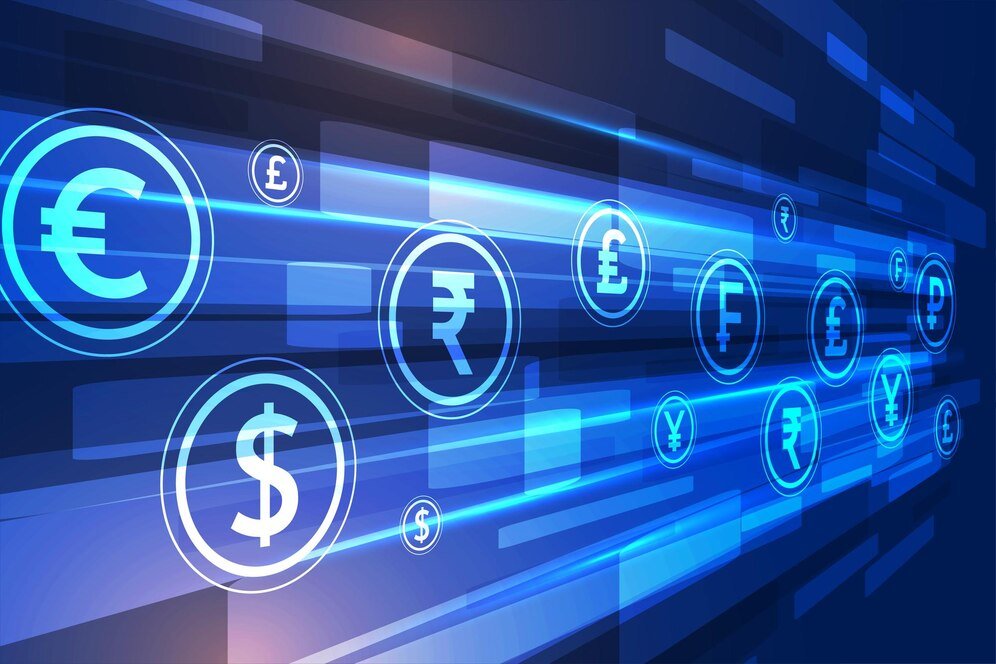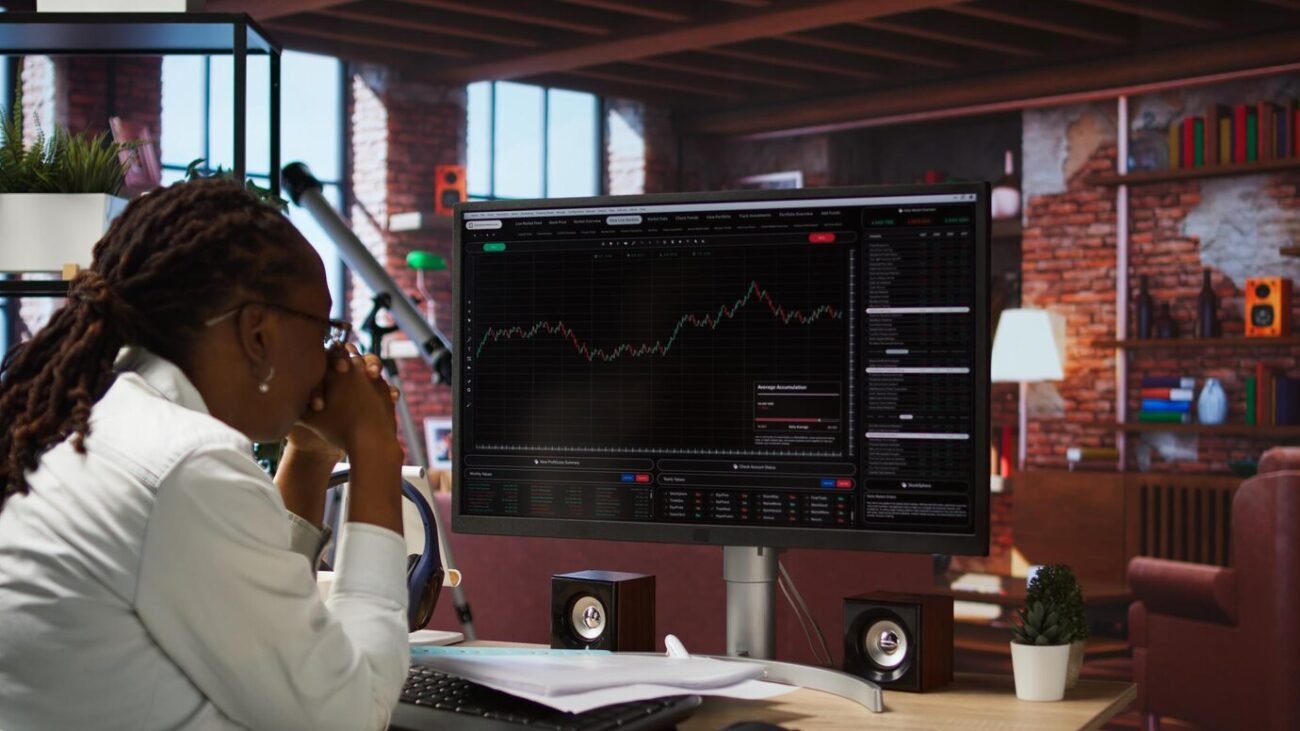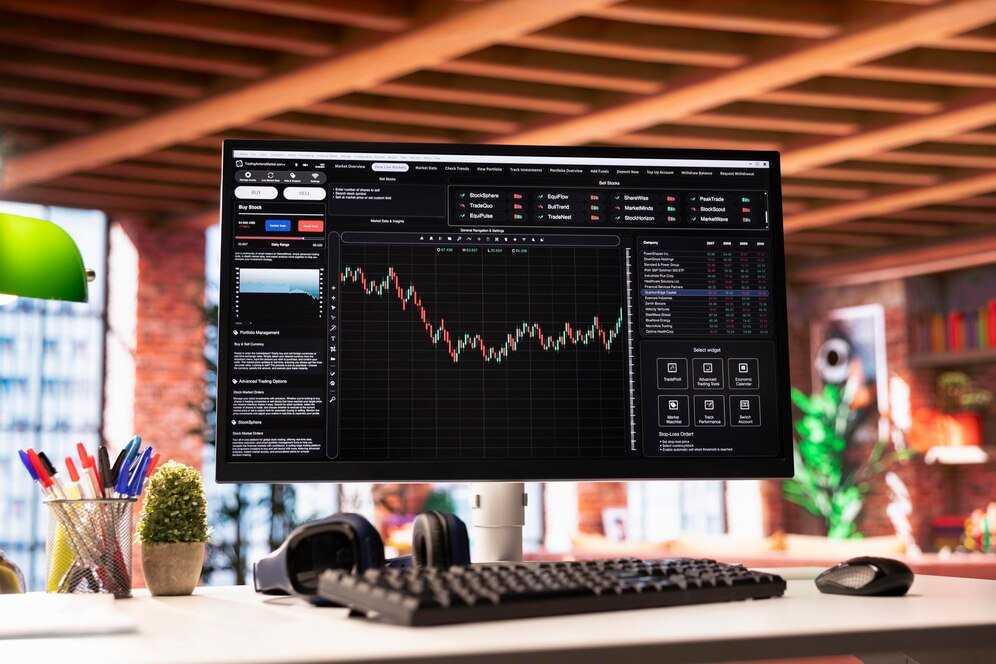With the rising popularity of cryptocurrencies, the number of exchanges has exploded. Unfortunately, this growth has also led to an increase in fake or scam exchanges that can put your investments at risk. Identifying these fraudulent platforms before you invest is crucial to protect your assets. In this blog, we will explore how to spot and avoid fake or scam exchanges.
1. Understanding the Risks
A. The Landscape of Crypto Exchanges
Crypto exchanges are platforms where users can buy, sell, and trade cryptocurrencies. While many exchanges are legitimate, scams can take various forms, including phishing sites, Ponzi schemes, and exchanges that vanish with users’ funds.
B. The Importance of Due Diligence
Conducting thorough research before choosing an exchange is essential. Understanding the warning signs of a scam can save you from significant financial losses and frustration.
2. Red Flags to Look For
A. Lack of Regulation
Legitimate exchanges are typically registered and regulated by governing bodies in their respective countries. If an exchange claims to operate without regulation, it could be a scam.
B. Poor Website Quality
Scam exchanges often have poorly designed websites with broken links, spelling errors, and outdated design elements. A professional and well-maintained website is a good indicator of a legitimate operation.
C. Unrealistic Promises
Be wary of exchanges that promise guaranteed returns or extremely high profits with little to no risk. If it sounds too good to be true, it probably is.
D. Limited Contact Information
A legitimate exchange should provide multiple ways to contact customer support, including email, phone, and live chat. If you can’t find clear contact information or the support options are minimal, consider it a red flag.
E. Lack of Transparency
Reputable exchanges provide detailed information about their operations, including fees, security measures, and team members. If this information is missing or vague, it’s a cause for concern.
3. Conducting Research
A. Check for Reviews and Ratings
Look for user reviews and ratings on independent platforms. While some reviews can be manipulated, a significant number of negative reviews or complaints can indicate potential problems.
B. Investigate the Team Behind the Exchange
Research the individuals behind the exchange. Check their previous experience in the cryptocurrency space and their reputation. A transparent team with a solid background is a positive sign.
C. Verify Security Measures
Legitimate exchanges prioritize security and provide information about their protocols. Look for features like two-factor authentication (2FA), cold storage for funds, and insurance coverage for digital assets.
4. Using Tools and Resources
A. Scam Check Websites
There are several websites that track and report scams in the cryptocurrency space. Platforms like CoinGecko and CoinMarketCap can help you identify legitimate exchanges based on user feedback and trading volumes.
B. Blockchain Explorers
Using blockchain explorers can help you verify transactions and see if the exchange is processing trades as they claim. If you notice discrepancies or irregularities, it may indicate a scam.
5. Practicing Safe Trading Habits
A. Start Small
If you decide to use a new exchange, start with a small amount of capital. This way, you can test the platform’s legitimacy without risking substantial funds.
B. Use Secure Wallets
Whenever possible, withdraw your funds to a secure wallet rather than leaving them on the exchange. This minimizes the risk of losing your assets in case of a scam or hack.
C. Stay Informed
Follow industry news and updates to stay aware of any emerging scams. Being informed can help you make better decisions when choosing an exchange.
Conclusion
The cryptocurrency market can be lucrative, but it also comes with its fair share of risks, especially when it comes to exchanges. By knowing how to spot and avoid fake or scam exchanges, you can protect your investments and trade with confidence. Always conduct thorough research, stay vigilant, and prioritize security to ensure a safe trading experience in the world of cryptocurrencies.













